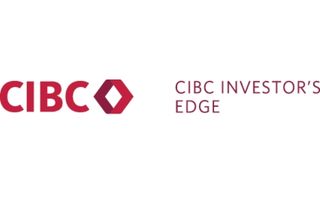
- 100 free trades signup offer
- Easy-to-use platform
- Low fees
- Student and young investor discounts
US gum, candy and collectible company, Topps, has cancelled plans to go public after Major League Baseball (MLB) ended its 70-year partnership with Topps as the official producer of baseball trading cards. Learn more about the withdrawn IPO, and find out about similar companies you can invest in from Canada.
Note: All dollar amounts on this page are in US dollars unless otherwise stated.

On Friday August 20, 2021, The Topps Company announced it was cancelling its plans to go public via merger with Mudrick Capital Acquisition Corporation II, a special purpose acquisition company (SPAC). Originally, Topps planned to go public on the Nasdaq under the ticker symbol “MUDSU.” You can read about the merger in detail in an official document submitted to the US Securities and Exchange Commission on April 6, 2021.
The cancellation comes immediately after it was announced that MLB would not renew its agreement with Topps to produce collectible baseball cards. The agreement has been in place since 1952 and is slated to end in 2022 after a 70-year run. MLB plans to partner instead with a company owned by Fanatics, a US-based licensed sports retailer. The company does not yet have a name.
This wouldn’t have been the first time Topps had gone public. The company, originally named Topps Chewing Gum, had its first IPO in 1972, but was taken private again after it was acquired by a group of investors in 1984. Topps went public again in 1987, this time as The Topps Company, Inc. It was once again taken private in 2007 after being bought by Michael Eisner’s Torante Company in partnership with Madison Dearborn Partners.
Even though you won’t be able to buy The Topps Company stock, you can still invest in other companies that sell, or operate marketplaces to sell, licensed sports merchandise and collectibles. You can even invest in the Atlanta Braves and the Toronto Blue Jays, two MLB teams that are owned by publicly traded companies.
| Company | Description | Market Capitalization | Stock info |
|---|---|---|---|
| Academy Sports and Outdoors, Inc. | Sells sports fan merchandise for MLB, NHL, NBA, NFL and more. | $3.415 billion | NasdaqGS: ASO |
| DICK’S Sporting Goods, Inc. | Sells sports fan merchandise for MLB, NHL, NBA, NFL and more. | $9.804 billion | NYSE: DKS |
| eBay Inc. | Popular marketplace for the private sale of collectible items. | $47.688 billion | NasdaqGS: EBAY |
| Liberty Braves Group | Owns the Atlanta Braves, a US MLB team, as well as related minor league clubs and real estate projects. | $1.334 billion | NasdaqGS: BATRA |
| Rogers Communications Inc. | Owns the Toronto Blue Jays, a member of the American League of Professional Baseball Clubs. The American League is part of MLB. | $32.26 billion | TSX: RCI-B |
| Amazon.com, Inc. | Marketplace for the sale of sports paraphernalia and collectibles. | $1.621 trillion | NasdaqGS: AMZN |
You’ll need a brokerage account to buy and sell shares. Here’s how it works:
Agreements between Canada and the US require Canadians holding US stock investments to pay the US Internal Revenue Service (IRS) a 15% withholding tax on any dividends earned on their US stocks. Interest earned from bonds or other interest-yielding US investments are similarly taxed at a rate of 10%.
An exception is made for stock investments held in trust exclusively designed to provide retirement income. Such trusts include RRIFs, LIRAs, LIFs, LRIFs and Prescribed RRIFs. RRSPs are also exempt from US withholding tax if you own US investments in the form of US stocks, bonds or ETFs.
Investment accounts that do not qualify for this exemption include RESPs, TFSAs and RDSPs.
All income from investments, including foreign investments, must be declared as part of your income on your Canadian tax return. Unless your US earnings are exempt from withholding tax, this means you’ll be double taxed on those earnings — first by the IRS, then by the CRA. However, the CRA may allow you to claim foreign tax credits for any taxes you’ve already paid to the IRS.
Speak with a tax professional to find out what rules and exceptions apply to your circumstances.
You can compare features of stock trading platforms in the table below. Once you’ve decided on the right fit for your needs, click the “Go to site” button to get started.
Note: The dollar amounts in this table are in Canadian dollars.
To make comparing even easier we came up with the Finder Score. Trading costs, account fees and features across 10+ stock trading platforms and apps are all weighted and scaled to produce a score out of 10. The higher the score the better the platform - simple.
Online stock trading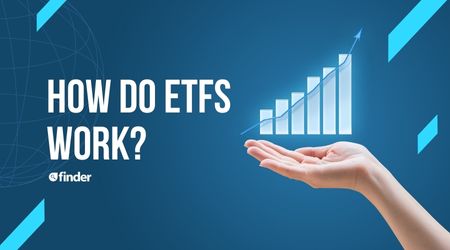
Your guide to how ETFs work and whether this type of investment is right for you.
Read more…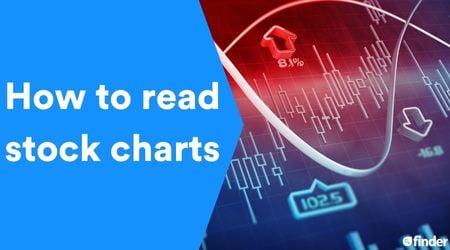
Learning how to read stock charts and recognize chart patterns can unlock your success as a trader.
Read more…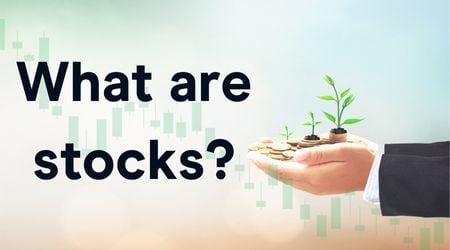
Owning a stock means you own part of a company and can potentially grow your wealth. But there is a risk of loss.
Read more…
Learn how to research stocks and find the right investment opportunities in 4 steps.
Read more…
Market volatility can be nerve-wracking. Discover 3 trading strategies plus the pros, cons and risks of investing in volatile markets.
Read more…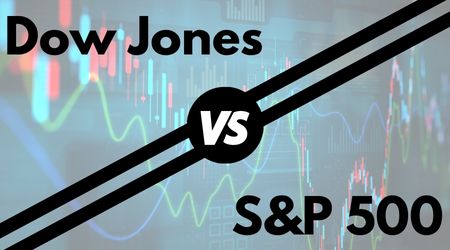
Find out the key differences between the Dow Jones and S&P 500 plus key points to consider before investing.
Read more…Steps to owning and managing Raytheon Technologies Corp, with 24-hour and historical pricing before you buy.
Steps to owning and managing Gildan Activewear Inc., with 24-hour and historical pricing before you buy.
These are the best renewable energy stocks to buy now in Canada.
Finder’s unique algorithm found the 20 best TSX stocks to buy right now.
Everything we know about the IL Makiage IPO plus information on how to buy in.
Everything we know about the ByteDance IPO plus information on how to buy in.
Everything we know about the Auvik Networks IPO plus information on how to buy in.
Everything we know about the goPuff IPO plus information on how to buy in.
If you live in Canada, you need a broker that provides access to foreign investments to buy Universal Music Group stock.
Find out how to invest in the S&P 500 in Canada—one of the world’s most popular stock indices—to diversify your portfolio.